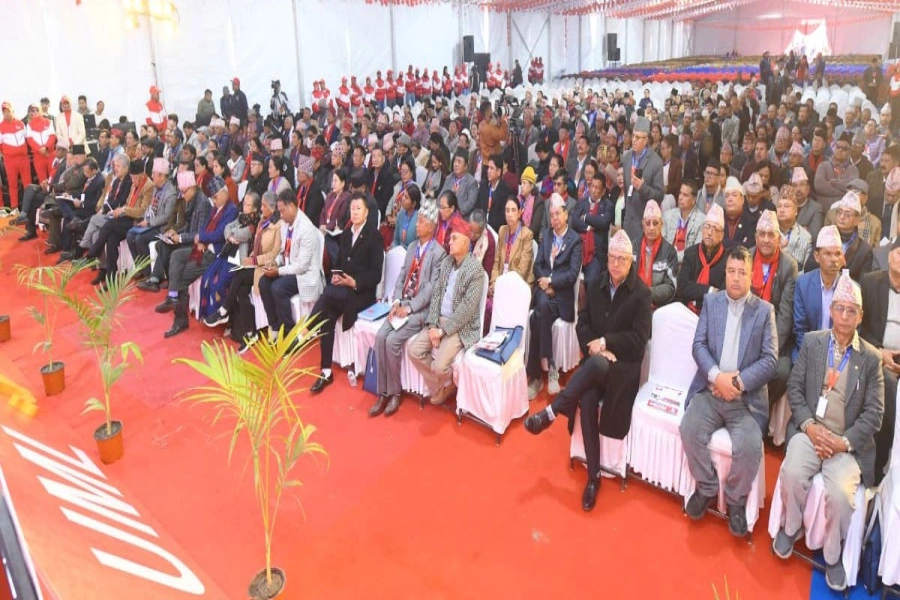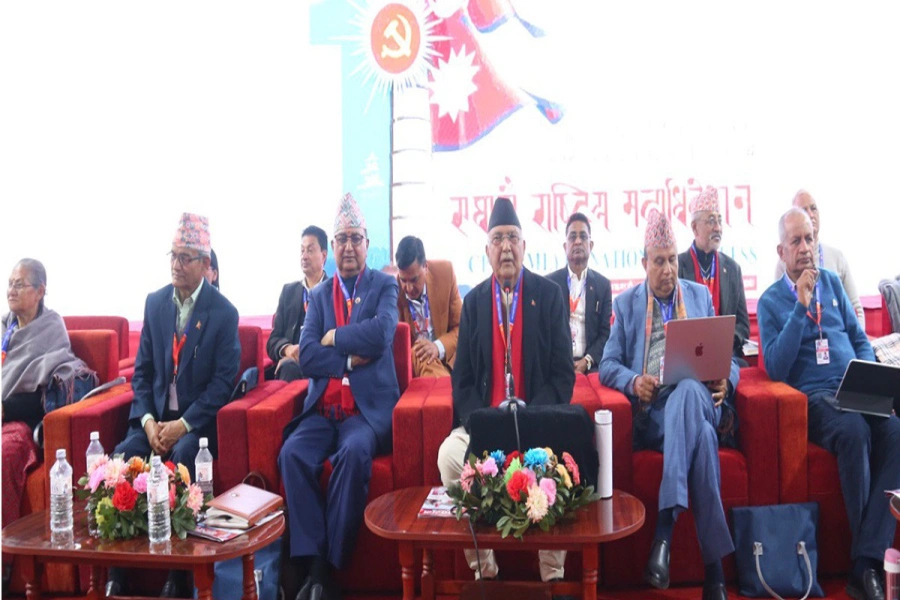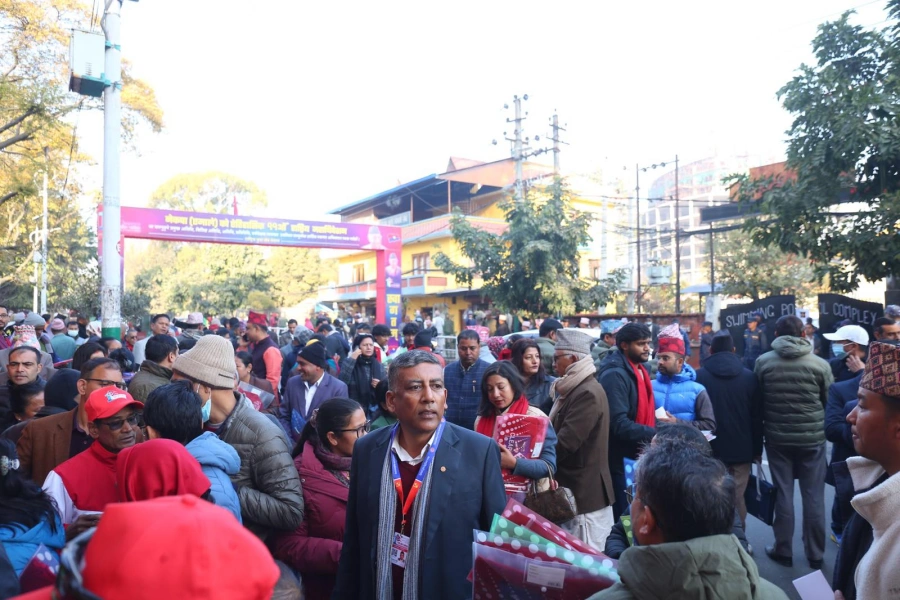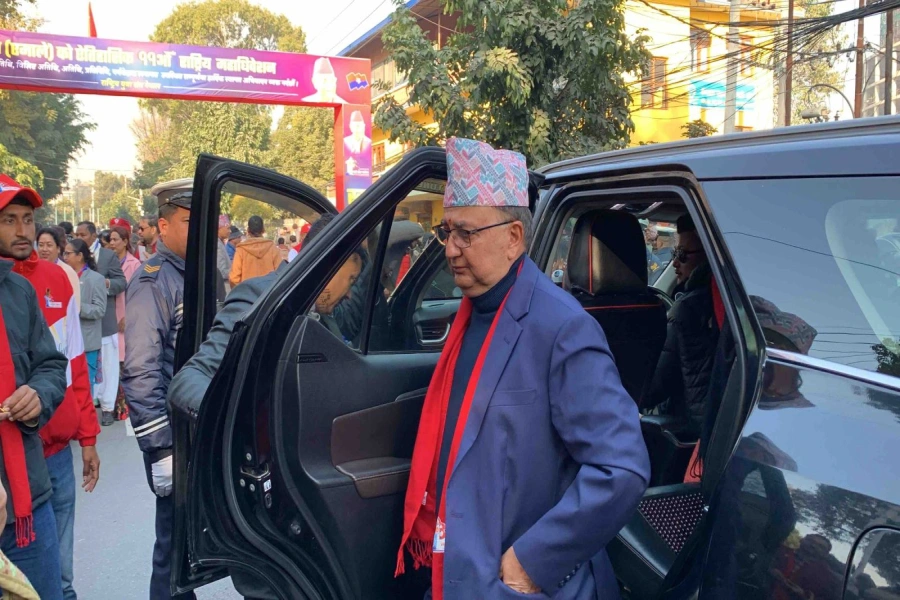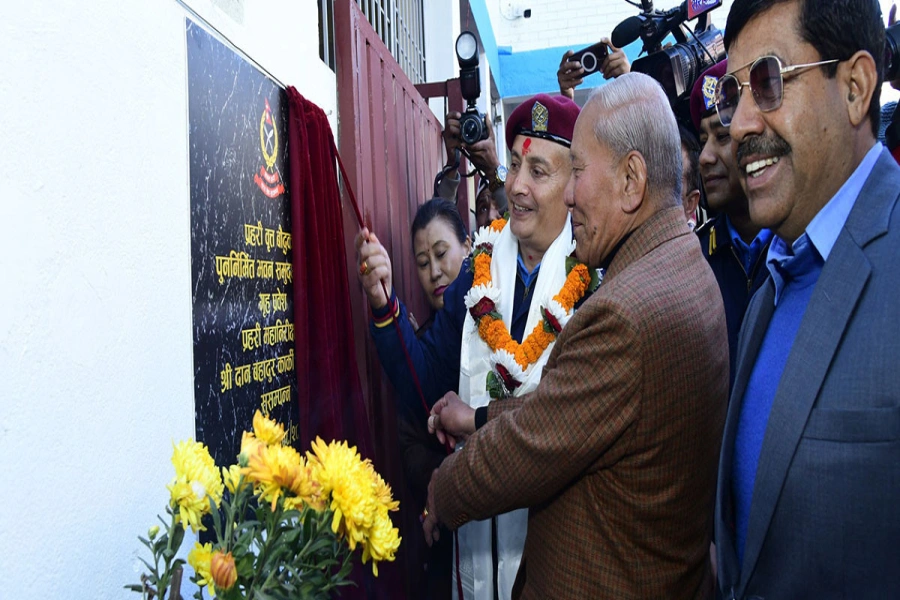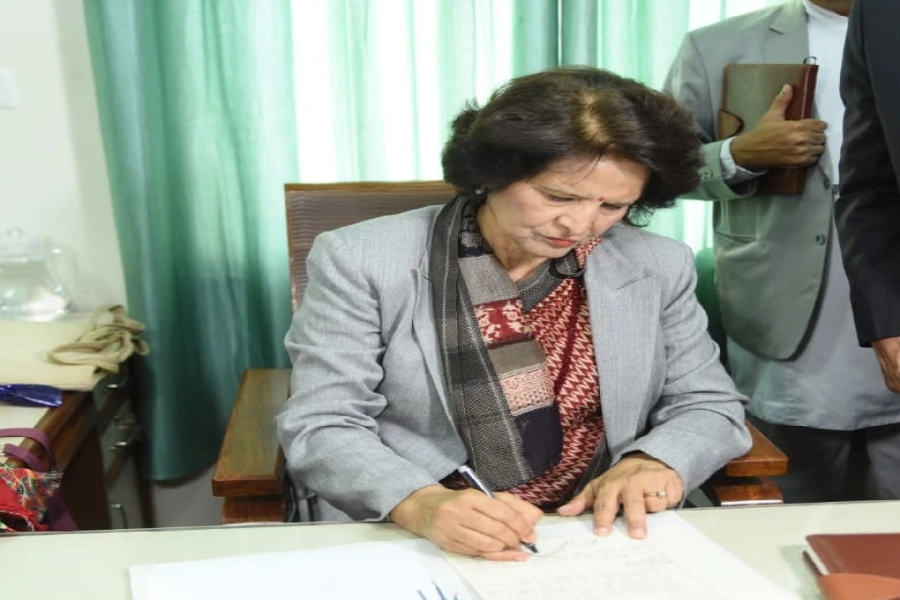In July 2006, SAARC Chamber Craft Village (SCCV) established its first retail outlet in Kathmandu to create a sustainable trade network between South Asian women entrepreneurs. The major motive behind the opening of the store was to provide women a platform to display their skills and furthermore to uplift their economic conditions regardless of their religion and nationality.
“We take goods from various producers and promote them under a single brand name. We now have goods from more than sixty different owners in our shop,” says Jyoti S. Tuladhar, CEO of SAARC Chamber Craft Village.
The idea of SCCV was first conceptualized by the members of SAARC Chamber Women Entrepreneurs Council (SCWEC) in Sri Lanka in 2001. It was thought to be a pilot project that was supposed to be replicated in all member nations of the SAARC region. Nepal was the first to bring the project to fruition.
Initially, the outlet displayed handicrafts produced by women from all over the South Asia. However, after the few years of its establishment, the business did not run as expected. The concept of handicrafts was so new to people here that it became hard for SCCV to even explain their concept to the public. Gradually, over the next few years, they had no other alternative than to close the store due to a steadily worsening financial crisis.
Fortunately, after a year, some of the members from Fair Trade Group-Nepal and FWEAN came across the idea of the shop and realized its importance. Therefore, to encourage the motive behind the store, SCCV was reopened with the help of those organizations along with the brand name ‘We-Empowering Women’. Lately, the major products of the shop are handicrafts, various decorative items and accessories, Dhaka wear, Knitwear, casual and formal dresses, high-quality pashmina and many more.
Though the brand emphasizes on women empowerment, they also accept the goods made by men. “To create a healthy society, empowering women alone is not enough. We believe that women and men both should work together to improve their lives. So we do accept items crafted by men but it has to be unique and of good quality,” says Tuladhar.
Talking about funding, Tuladhar says that their major source of income is revenue generated from sales of their products. Other than that, they also share their space with some other brand names to relieve the load of paying full rent. Similarly, they do not pay producers beforehand and instead wait for the products to be bought. Here she quickly mentions that this payment system is one of the biggest challenges they are facing.
“We are not financially strong yet. So we request the owners to wait until the products are sold to get their money. This makes many sellers hesitant to deal with us. As a consequence, at times, we do not get to add products that are in high demand in the market,” she states.
A huge part of their income goes towards the clearance of debt. Tuladhar laments that due to this SCCV is currently not able to organize various other programs to help women further. However, the shop itself acts as a bridge between unrecognized skills and the market. Anyone who wants to produce their own product is made aware about quality raw materials and the market values of those particular products. This has benefited many people who, equipped with that knowledge, can choose a perfect item to invest in and try and make their own living.
India-Nepal Crafts Festival-2024 concludes

(Ashma Chhetri)







